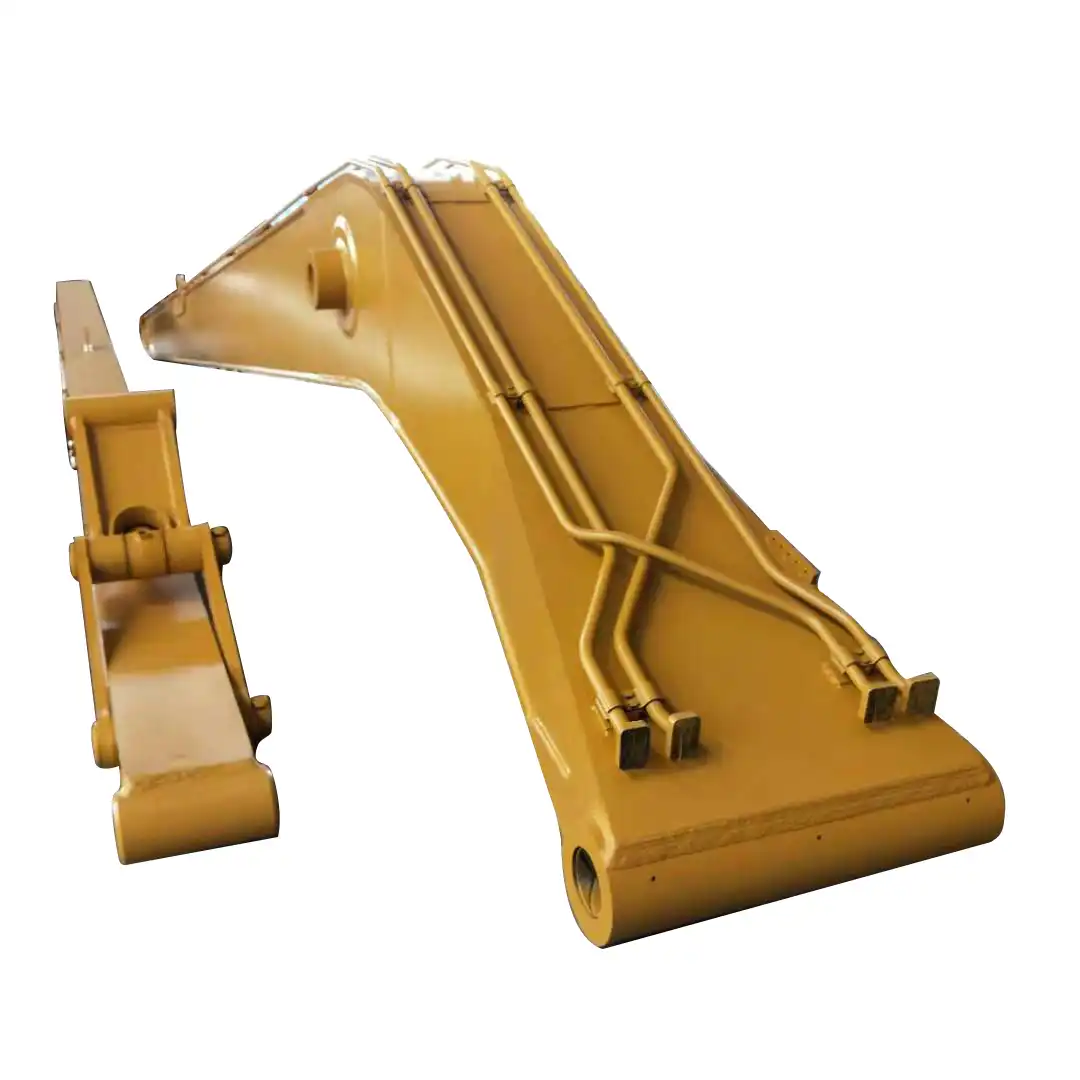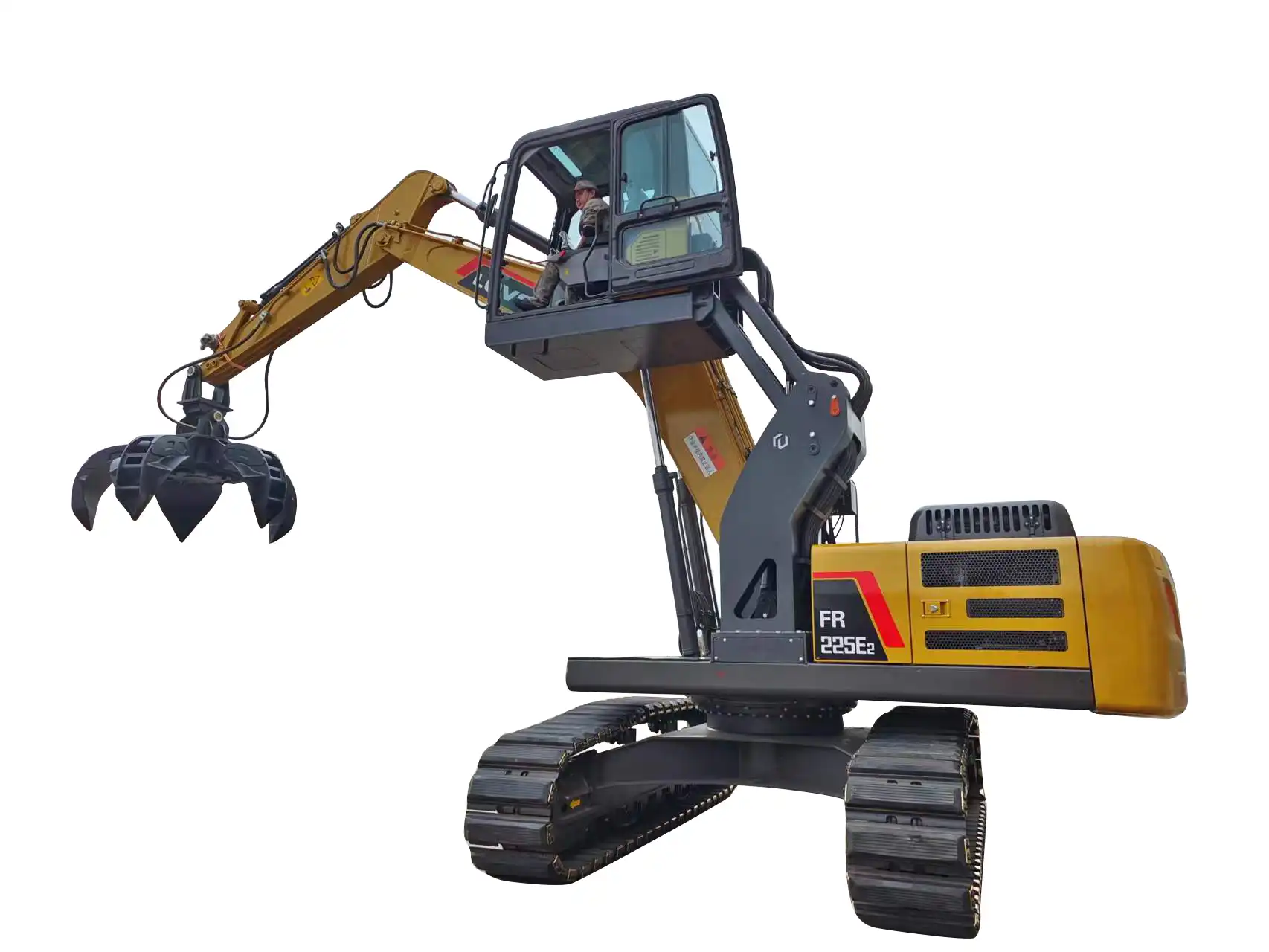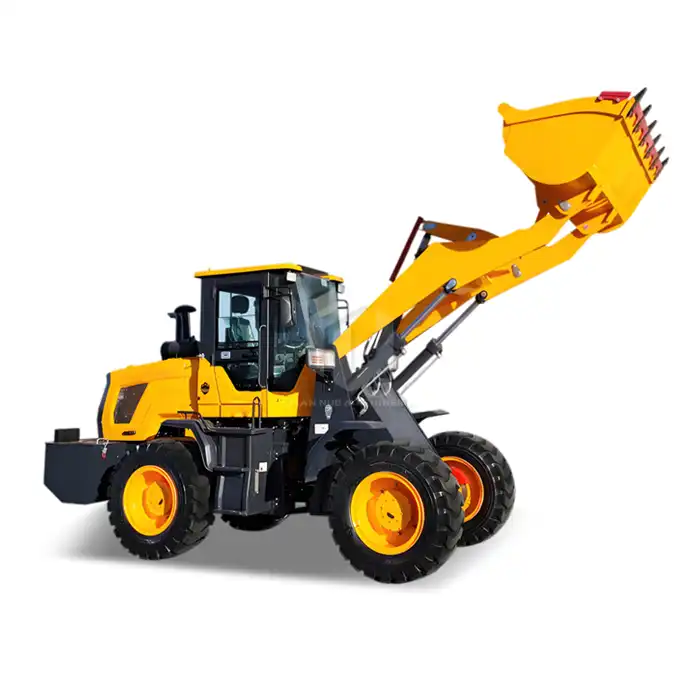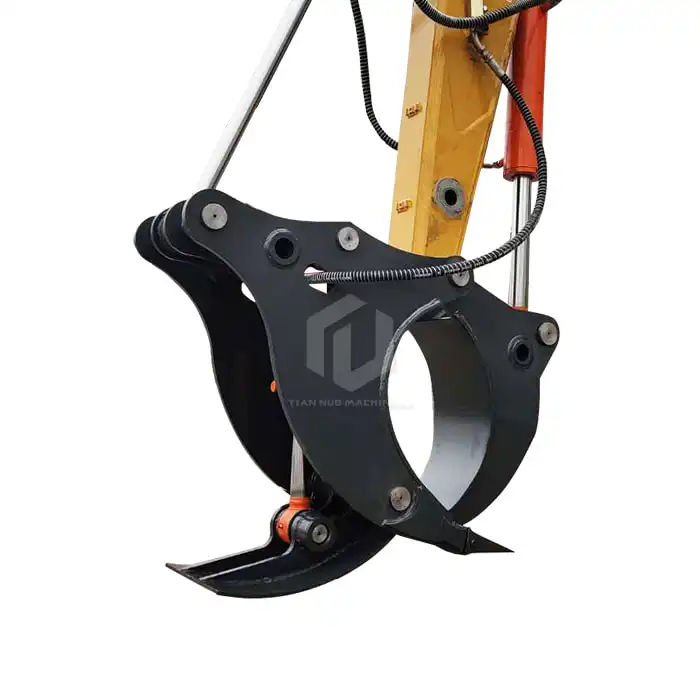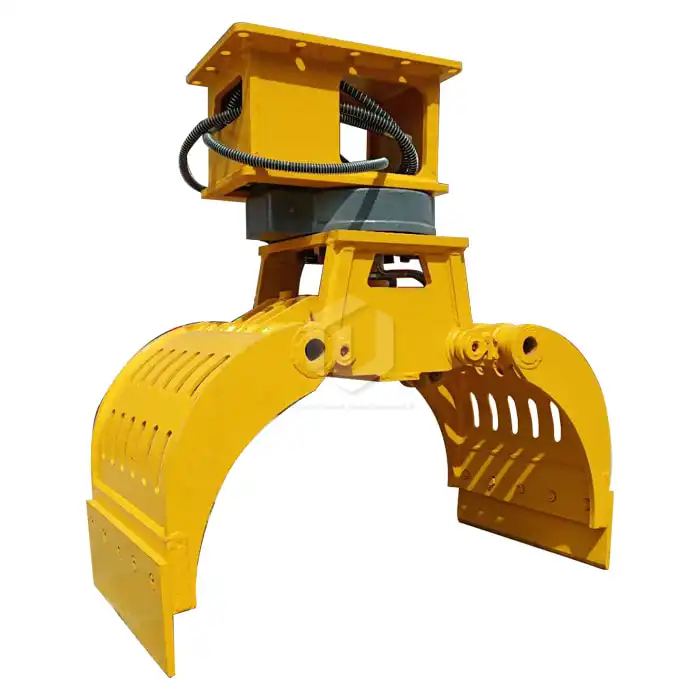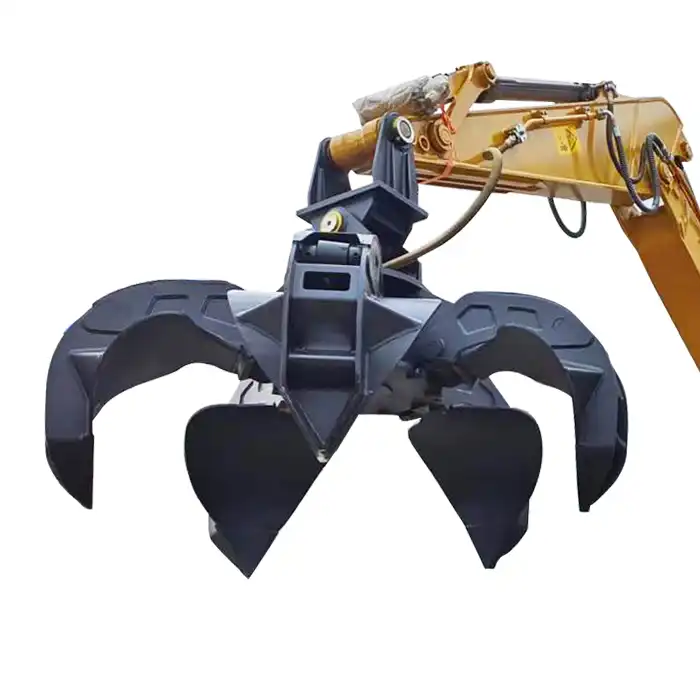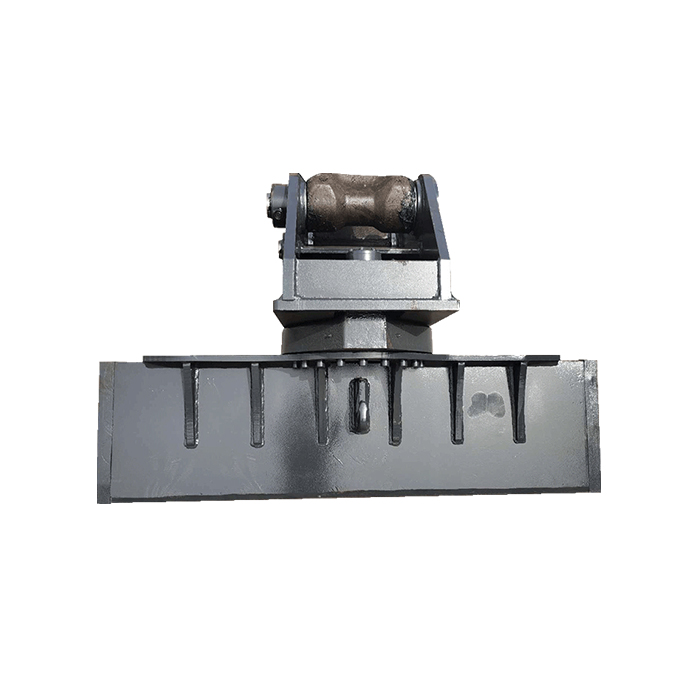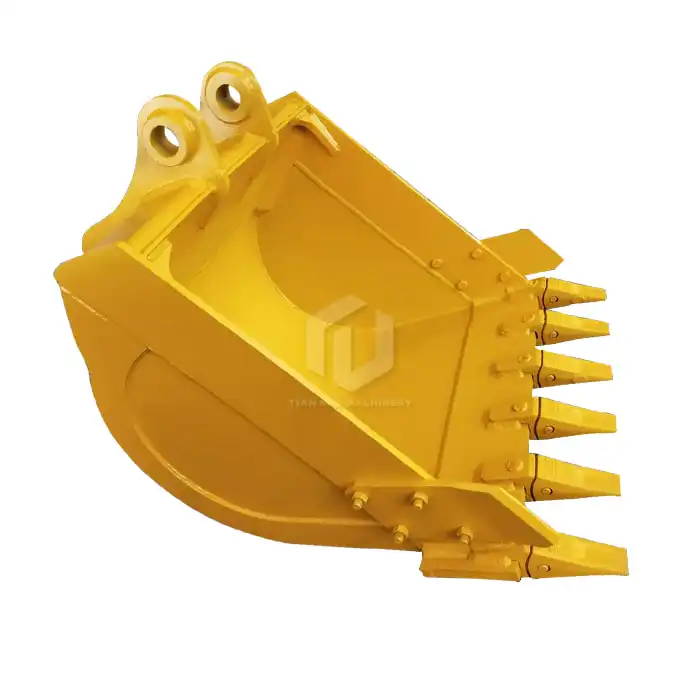What does a ballast tamper do?
Have you ever been curious about the sophisticated equipment that ensures our railways operate flawlessly? Look no further, as we delve into ballast tampers—the behind-the-scenes tools of railroad maintenance. These robust machines are essential for maintaining the safety, performance, and durability of railway tracks. But what exactly is a ballast tamper, and how does it contribute to the efficiency of rail systems?
A ballast tamper, also known as a track tamper or ballast regulator, is a specialized machine used in railway maintenance to pack (or tamp) the track ballast under railway tracks. This process is essential for maintaining proper track geometry and stability. The ballast, typically made of crushed stone, serves as the foundation for railway tracks, distributing the load of passing trains and facilitating drainage. Over time, this ballast can shift or settle, leading to irregularities in the track that can compromise safety and ride quality.
That's where the track tamper comes in. This ingenious machine performs several critical functions that keep our railway systems running smoothly and safely. Let's delve into its primary tasks.
Packing And Aligning Ballast
The primary function of a ballast tamper is, as its name suggests, to tamp or pack the ballast. This process involves compacting the stone ballast beneath and around the railway ties (also called sleepers). The tamping action ensures that the ballast is evenly distributed and properly supports the track structure.
Modern track tampers are equipped with vibrating tamping tools that can be inserted into the ballast on both sides of a tie. These tools, often called "tines" or "tamping banks," squeeze and vibrate the ballast, effectively packing it tightly under the tie. This process is crucial for several reasons:
- It provides a stable foundation for the track, preventing excessive movement under the weight of passing trains.
- It helps maintain proper track alignment, ensuring that rails remain at the correct height and angle.
- It improves drainage by creating the right level of compaction, allowing water to flow away from the track structure.
The ballast tamper's ability to pack ballast with precision is what sets it apart from manual tamping methods of the past. It can achieve a level of consistency and efficiency that would be impossible to replicate by hand, ensuring that every section of track receives the same high-quality treatment.
Moreover, many modern ballast tampers are equipped with sophisticated alignment systems. These systems use lasers or other sensors to ensure that the track is perfectly aligned both horizontally and vertically. As the machine moves along the track, it can make minute adjustments to the ballast packing to correct any deviations from the ideal track geometry.
Correcting Track Geometry
Beyond simply packing ballast, a ballast tamper plays a crucial role in correcting and maintaining proper track geometry. Over time, factors such as the weight of passing trains, weather conditions, and natural settling can cause the track to deviate from its intended position. These deviations can lead to a bumpy ride for passengers, increased wear on train components, and in severe cases, safety risks.
A ballast tamper is equipped to address these issues through a process called track surfacing. This involves adjusting the track's vertical and horizontal alignment to meet specific engineering standards. Here's how it works:
- Measurement: The tamper first measures the existing track position using sophisticated sensors and compares it to the desired track geometry.
- Lifting: The machine then lifts the track to the correct height.
- Tamping: While the track is lifted, the tamping tools pack ballast underneath to support the new position.
- Alignment: Simultaneously, the tamper can shift the track horizontally to correct any lateral misalignment.
This process allows for incredibly precise adjustments. Modern track tampers can correct track geometry to within millimeters of the desired specifications. This level of precision is crucial for maintaining high-speed rail lines where even small imperfections can lead to significant issues at high velocities.
Furthermore, many ballast tampers are now equipped with computer systems that can store "design data" for a stretch of track. This allows the machine to automatically adjust the track to match the intended design, taking into account factors like curves, superelevation (banking on curves), and transition zones between different track sections.
Compacting Ballast
While the initial tamping process packs ballast beneath the ties, the overall compaction of the ballast bed is another crucial function of the ballast tamper. This compaction is vital for several reasons:
- It increases the stability of the entire track structure.
- It improves the longevity of the ballast by reducing shifting and settlement.
- It enhances the track's ability to withstand the dynamic forces exerted by passing trains.
The ballast tamper achieves this compaction through a combination of its weight and vibration. As the machine moves along the track, its significant weight helps to settle the ballast. Additionally, the vibrations produced during the tamping process propagate through the ballast bed, encouraging the stones to settle into a denser, more stable configuration.
Some advanced track tampers are also equipped with additional compaction devices, such as rollers or vibrating plates. These can be used to further compact the ballast, especially in areas between the ties or along the shoulders of the track bed.
The level of compaction is carefully controlled. While a well-compacted ballast bed is desirable, over-compaction can reduce the ballast's ability to flex and absorb vibrations, potentially leading to increased wear on both the track and rolling stock. Modern ballast tampers use sophisticated sensors and computer controls to achieve the optimal level of compaction for each section of the track.
It's worth noting that the compaction process also plays a role in the track's drainage capabilities. A properly compacted ballast bed allows water to flow through and away from the track structure, preventing water accumulation that could lead to erosion or frost heave in colder climates.
Railroad Ballast Tamper For Sale
The ballast tamper is an indispensable tool in modern railway maintenance. Its ability to pack and align ballast, correct track geometry, and compact the ballast bed ensures that our railway systems remain safe, efficient, and comfortable for passengers and freight alike. As railway technology continues to advance, we can expect to see even more sophisticated track tampers playing a crucial role in maintaining the infrastructure that keeps our world connected.
If you're in the market for a high-quality track tamper, look no further than Tiannuo Machinery. With 10 years of experience in excavator multifunctional equipment, Tiannuo Machinery offers top-of-the-line ballast tampers designed to meet the demanding needs of modern railway maintenance.
Our ballast tampers feature a Tamping Clamping Range of 180-700 mm, with both four-claw and eight-claw options available. This versatility ensures that our equipment can handle a wide range of track maintenance tasks with precision and efficiency.
When choosing your ballast tamper manufacturer, consider partnering with a company that combines experience, innovation, and customer support. Tiannuo Machinery ticks all these boxes and more. We invite you to reach out to our team to discuss how our ballast tampers can elevate your railway maintenance operations.
Contact our manager at arm@stnd-machinery.com, or get in touch with our team at rich@stnd-machinery.com and tn@stnd-machinery.com. Let's work together to keep your railway systems running smoothly and efficiently!
References
- Esveld, C. (2001). Modern Railway Track. MRT-Productions.
- Lichtberger, B. (2005). Track Compendium: Formation, Permanent Way, Maintenance, Economics. Eurailpress.
- Profillidis, V. A. (2006). Railway Management and Engineering. Ashgate Publishing, Ltd.
- Selig, E. T., & Waters, J. M. (1994). Track Geotechnology and Substructure Management. Thomas Telford.
- Federal Railroad Administration. (2021). Track Safety Standards Compliance Manual. U.S. Department of Transportation.

